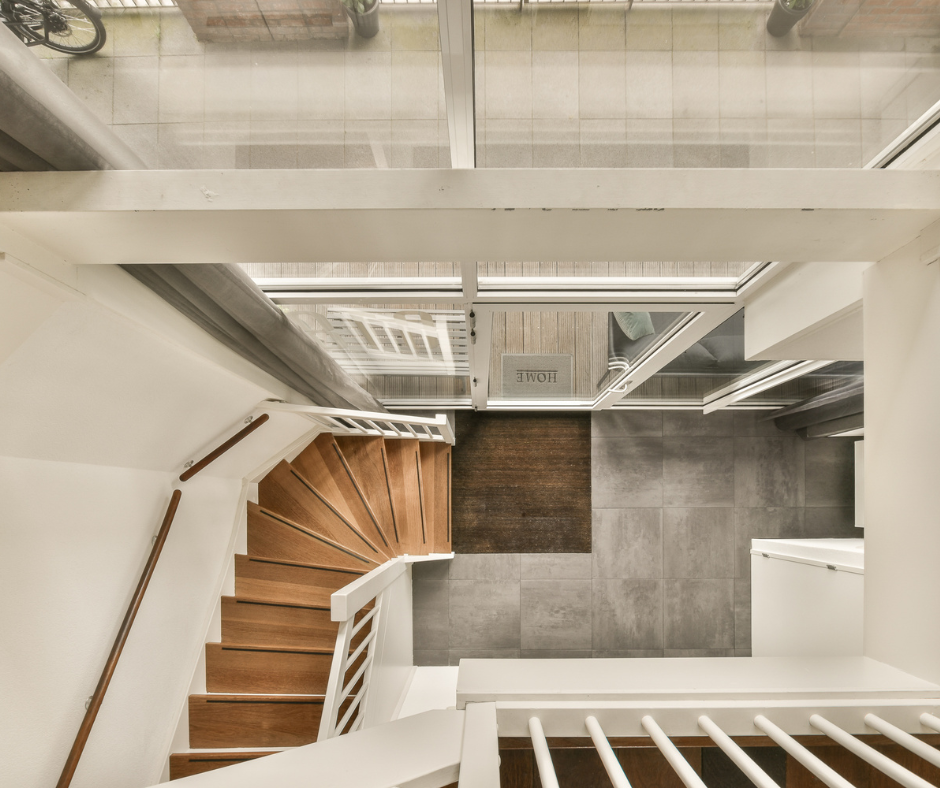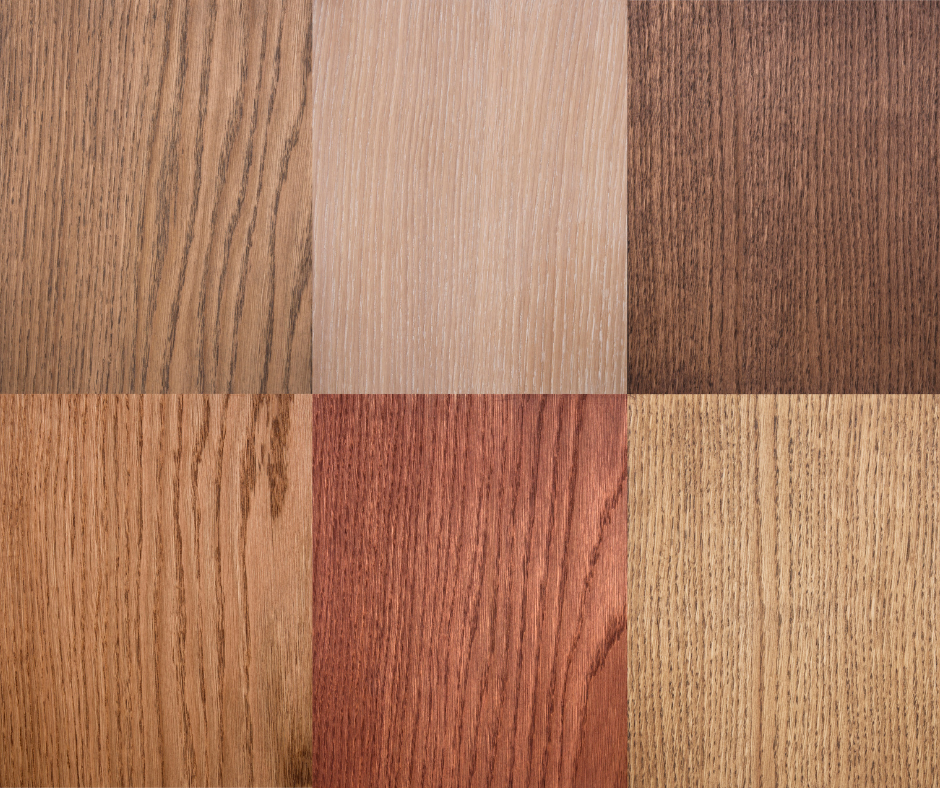Learning how to replace wood stair treads is a straightforward process that can give your stairs a fresh look and make them safer.
If you’re tackling this project, why not go the extra mile and add carpet stair treads to your new wood steps?
They’re like the cherry on top—adding comfort while protecting your beautiful new wood.
Let’s dive into how you can swap out those old treads and make your staircase look brand new.
When to Repair Versus Replace Wood Stair Treads
Deciding whether to repair or replace your wood stair treads is the first step in this process.
Before you start pulling up those old treads, take a moment to figure out if you really need to replace them or if a quick fix will do the trick.
Sometimes, a little elbow grease can save you from a bigger job.
How to Repair Wooden Stair Treads
Repairing wooden stair treads is often easier than you might think.
If your stair treads have just a few cracks or dings, wood filler or epoxy can come to the rescue.
Got a loose tread?
A little wood glue and some screws might be all you need to keep it in place.
These small fixes can help you avoid a full replacement and keep your stairs in good shape a little longer.
Choosing the Right Wood for Stair Treads
Choosing the right wood is essential for making sure your new stair treads are both durable and beautiful.
Picking the right wood is a big deal when it comes to making sure your new treads last and look good.
Best Wood to Use for Stair Treads
When it comes to choosing the best wood to use for stair treads, hardwoods like oak, maple, and cherry are tough and look great, which makes them perfect for stair treads.
Oak is a classic choice that never goes out of style, while maple has a smooth, clean look.
Cherry wood, with its rich color, adds warmth to your stairs.
If you’re thinking about using softwoods like pine, just remember they can get dinged up more easily, especially if your stairs see a lot of action.
Step-by-Step Guide to Replacing Wood Stair Treads
Now that you've chosen your materials, let's walk through the steps of replacing your wood stair treads.
Now that you’ve got your wood picked out, it’s time to get those old treads out and put in the new ones.
How to Remove Wood Stair Treads
- Safety First: Grab your gloves and safety glasses—you don’t want any accidents.
- Cut Through the Caulk: Use a utility knife to slice through any caulk or glue that’s holding the tread in place.
- Remove Fasteners: Whether it’s nails or screws holding the treads down, use a pry bar to get them out.
- Lift the Tread: Carefully pry up the old tread.
If it’s stubborn, you might need to cut it into smaller pieces to get it out.
Installing New Stair Treads
- Prepare the Surface: Clean up the area and make sure it’s level and ready for the new tread.
- Measure and Cut: Measure the space for each tread and cut your new wood to fit perfectly.
- Secure the Treads: Apply adhesive to the sub-tread, place the new tread on top, and then secure it with nails or screws.
Make sure the fasteners are sunk in so they don’t stick out.
- Finish: Sand the treads smooth and apply a stain or finish to protect the wood and give it a polished look.
Additional Tips
Here are a few more things to keep in mind as you work on your stairs.
Can You Put New Stair Treads Over Old Ones?
Yes, you can put new stair treads over the old ones.
It’s like putting a fresh coat of paint over an old wall—quicker and less messy.
Just make sure the old treads are in decent shape and firmly attached.
If they’re uneven or damaged, you’re better off removing them entirely.
Keep in mind that adding new treads on top might make each step a little higher, which could make your stairs feel a bit off.
Wrapping Things Up
Replacing wood stair treads is a rewarding project that can really make a difference in your home.
By choosing the right materials and following these simple steps, you’ll end up with a staircase that’s not just safer, but also a whole lot more stylish.
Whether you decide to add carpet stair treads or stick with just the wood, your stairs will be looking sharp for years to come.



